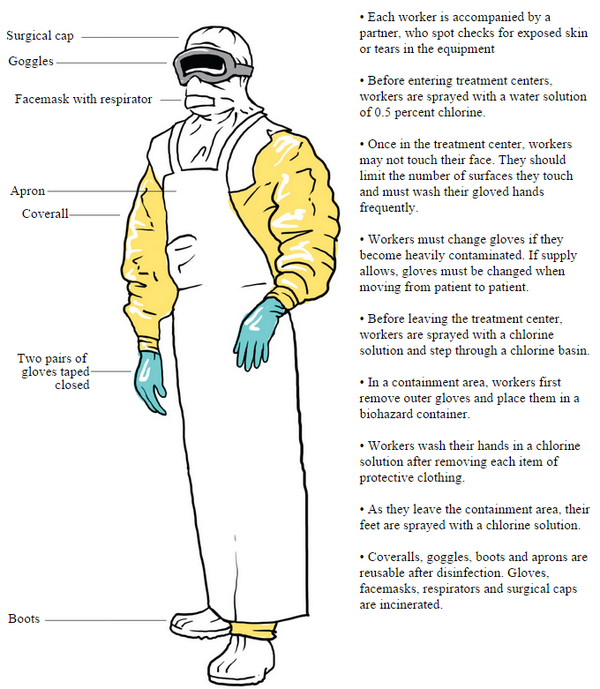Four days after I posted a blog requesting missing data on retrospective Middle East respiratory syndrome coronavirus (MERS-CoV) detections and deaths, I received a response.
Dr Anees Sindi, Deputy Commander of the Command and Control Centrer, Ministry of Health, Saudi Arabia replied. With his permission, I have reproduced his reply below.
______________
Sent: Tuesday, 23 September 2014 6:36 PM
To: Ian M Mackay
Subject: Re: your request for missing data on retrospective MERS-CoV detections
To: Ian M Mackay
Subject: Re: your request for missing data on retrospective MERS-CoV detections
Dear Dr. Mackay,
I�m writing in response to your blog posting entitled �A request for missing data on retrospective MERS-CoV detections.�
Thank you for acknowledging the steps that the Ministry of Health�s Command & Control Center has taken to ensure members of the public -- including researchers around the world -- have access to real-time information about MERS-CoV cases in the Kingdom of Saudi Arabia.
These daily postings are a small step on our journey toward full transparency. We want scientists to have access to the data they need to produce meaningful publications that advance our understanding of this disease for the benefit of mankind.
With that in mind, I am happy to inform you that the Ministry of Health is in the process of preparing additional data for public release. I will follow up with you once we have a confirmed release date.
Collaboration with the international research community is a key pillar of our work. In addition to sponsoring more than 30 research projects focused on MERS-CoV, the Ministry of Health has opened its doors to academics and experts from the World Health Organization and U.S. Centers for Disease Control & Prevention. MOH shares more data with the WHO than is required under the International Health Regulations, and we stand ready to support other scientists with an interest in better understanding coronavirus.
Thank you again for your interest in our work.
Best Regards,
Dr. Anees A. Sindi
Deputy Commander
Deputy Commander
Command and Control Center, Ministry of Health
Saudi Arabia______________
This is fantastic news and I am very excited to hear that we may soon be able to complete the data picture for MERS-CoV.
I am most grateful to Dr Sindi, the Minister and the Ministry for taking my request seriously and for replying to it so quickly.
With these data in hand, many of us will be able to build better epidemiological picture of the timing, spread and impact of MERS-CoV over the past 2 years as well as more specifically quantify MERS among fatal cases.
These data do not answer all the questions we have of course, but they definitely answer some, and for that I'm thankful.





